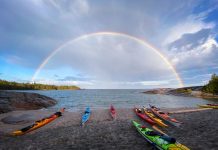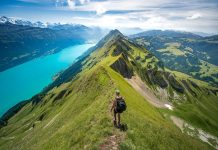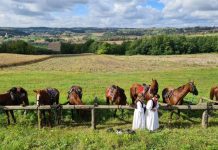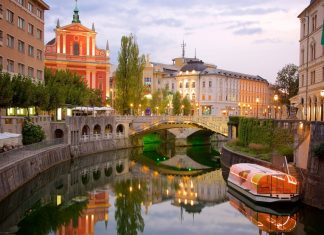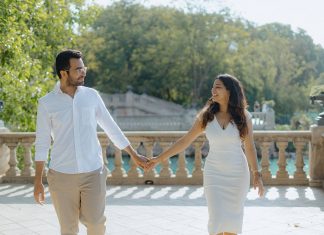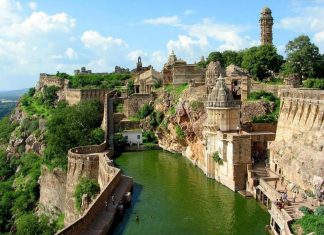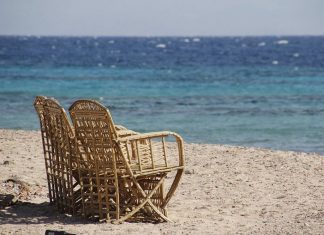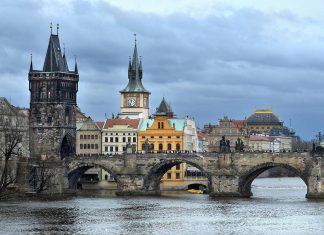With majestic fjords, mountain plateaus, rushing rivers, midnight sun and arctic splendor, Norway is often called Europe’s last wilderness. Trondheim’s millennial celebration takes center stage this year.
Points ofInterest
Area: 125,049 square miles (slightly larger than New Mexico). Population: 4,200,000 (Oslo, 478,000; Bergen, 220,000). Language: Norwegian.
Highlights
Oslo, founded in 1050, is the oldest capital in northern Europe and as true a Viking city today as it was then. The main street, Karl Johansgate, leads past shops and hotels, parks and monuments to the Royal Palace. The city is the home of the new Museum of Contemporary Art, the Norwegian State Opera, the National Theatre and the Oslo Philharmonic Orchestra. Cafe society thrives, and jazz clubs and nightclubs are open late into the night.
Bergen, the second-largest city, is the starting point for excursions to Sognefjord, Hardangerfjord and Geirangerfjord. The center is filled with shops, restaurants and markets, some of which occupy buildings that date to the Hanseatic period of the 16th century. Bergen was the birthplace of Edvard Grieg, whose home has been made into a delightful museum. His compositions are among the highlights of the Bergen International Festival, held annually in late May or early June.
Trondheim, Norway’s first capital, celebrates its 1,000th anniversary in 1997. Kings have been crowned in its magnificent cathedral, it is home to several major universities; and it offers an array of sports and cultural activities.
Lillehammer, site of the 1994 Olympics, is a resort area rich in history and culture, and is known for its wildlife and fauna.
The Lofoten islands, north of the Arctic Circle, feature picturesque fishing hamlets and bird sanctuaries. The Maelstrom, the fierce whirlpool described in stories by Jules Verne and Edgar Allan Poe, is here.
North Cape, the plateau marking the top of Europe, has long been a popular summer destination for cruise ships.
Attractions
Lillehammer. The Olympic venues are open year-round.
Norwegian Folk Museum, Oslo. Some 170 buildings, from all over Norway, reflect the nation’s heritage. The distinctive wooden stave church dates from 1200. Period costumes and Lapp exhibitions.
Viking Ship Museum, Oslo. Well-preserved 1,000-year-old longships on view.
Vigeland Museum, Oslo. Dramatic outdoor granite, bronze and iron sculptures in sprawling Frogner Park depict Adolf Gustav Vigeland’s vision of the life cycle.
Old Bergen, Bergen. Open-air museum that depicts the city as it was in the 18th and 19th centuries.
Nidaros Cathedral, Trondheim. Norway’s national shrine and Scandinavia’s largest medieval building. Rebuilt after being destroyed by fire on several occasions, parts from the 12th century are still standing. The crown jewels are displayed from April through October.
Stave churches, with their dragons’ heads and serpent ornaments, rank among Norway’s unique attractions. Of the 750 wooden churches built during the Middle Ages, only a few remain.



